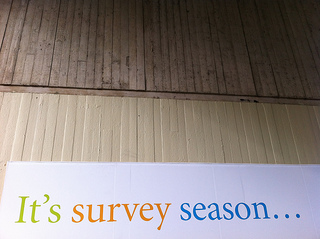
Those who ignore history are doomed to repeat it. I quickly learned this lesson my second year working on a project. Last year’s data was proving necessary not only to help define how this year would proceed, but also set a precedent for how this year would perform. More importantly, last year’s problems were quickly proving themselves to be this year’s problems if I didn’t get in front of them.
What happened last year?
In the previous year, data collection had limped out of the gate. Knowing the early barriers to data collection let us anticipate where we would need to supply additional support.
This helped in getting data collection rolling faster, which meant, not only was our sample more diverse, but our overall assessment was more robust: a win-win.
Further, we systematically outlined data collection protocol in such a way that we could use the model to help other programs to reach their goals with less struggle (something we ended up doing across all projects as a security measure).
Diving into last year’s data
Leveraging last year’s data revealed how consumers were reacting year-over-year in different locations. Teasing out the “Why?” was the problem.
Once we knew we were hitting the same demographic, it became a process of elimination. We looked across each of our variables and discovered where the difference lay (It was the type of event).
From there we could ascertain a number of things about the groups of people who attended each type of event, and plan accordingly for the following year.
Using last year’s results to adjust this year’s strategy
Fine-tuning a survey is another benefit of multi-year analysis. We asked consumers why they purchased a product, supplied them with a few default responses, and gave them an open-ended option.
At the end of the first year, we had a few open-ended responses that had a higher frequency than our defaults, and so we incorporated them into our surveys.
It didn’t seem like a small change like this should matter, but if it speeds up data collection, even a little bit, it can yield significantly more beneficial results. Nothing to scoff at.
Photo Source: https://www.flickr.com/photos/howardlake/
